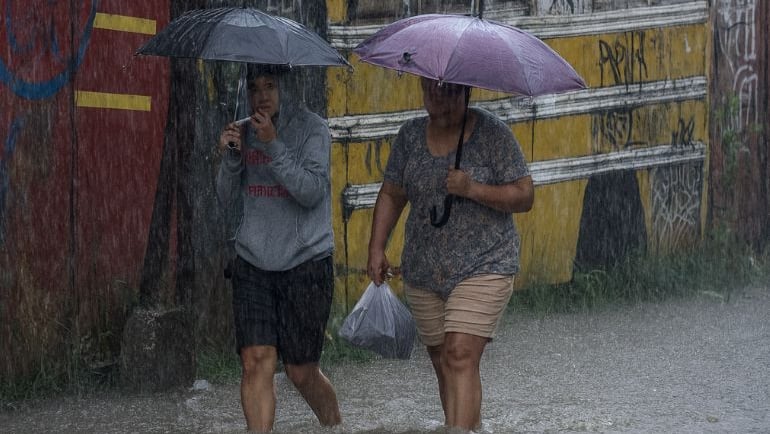35 Inches (890 mm) of Rain Forecast in Tropical Storm Melissa; Already 4 Dead, 650+ Shelters Open Across Jamaica
11/11/20251 min read


A near-stationary cyclone over steep terrain is flood math you don’t want: long rain-on-mountain = landslides, river surges and road washouts. Forecasters warn southern Haiti’s Tiburon Peninsula could see up to 35 inches (890 mm), with multi-day bands over Jamaica and eastern Cuba—putting water, power, ports and hospitals at risk. At least 4 deaths have been reported (3 in Haiti, 1 in the D.R.).
As of Saturday, Melissa’s sustained winds were about 70 mph (113 km/h) southeast of Kingston, with rapid intensification expected—hurricane soon, major hurricane by Sunday. Jamaica has activated 650+ shelters and pre-positioned supplies, while the Bahamas and Turks & Caicos prepare for possible hurricane conditions early next week. Reported impacts already include damaged homes, water-system outages, and isolated communities in the D.R. Melissa is the 13th named storm of the Atlantic season.
Slow movers are disproportionately destructive: even if peak winds stay offshore, the duration of tropical-storm or hurricane conditions elevates the risk profile for landslides and flash floods. With Haiti’s topography and fragile infrastructure, road clearance, bridge inspections and water-borne disease prevention become the immediate post-storm priorities. Jamaica’s shelter count—650–800+ depending on district mobilization—signals authorities expect days, not hours, of disruption.
This is a hydrology story as much as a wind story. The headline number—35 inches—translates into overwhelmed drainage, impassable roads, and supply-chain lag across multiple islands. Expect rolling airport and port constraints, short-term spikes in demand for fuel, food and medical logistics, and a second-order bill for debris removal and slope stabilization. If Melissa attains major-hurricane strength on the clocks forecasters suggest, the region’s resilience will hinge on how fast shelters, water systems and arterial roads can be kept open—and then dug out.
Earthian AI
Earthian AI is the Earth-focused risk intelligence engine headquartered in the Netherlands with international offices in Munich, Germany, and Paris, France.
hello@earthianai.com
© 2025. All rights reserved.
Netherlands
Munich: Josephspitalstraße 15, Bavaria 80331, DE
Enschede: De Hems 10, 7522NL, NL (Mailing)
Tel: +31 641 19 16 81
Germany
Amsterdam: Rokin 92, 1012KZ, NL
Tel: +49 160 978 38 013
France
Station F
Paris: 5 parvis Alan Turing, 75013 Paris, France
